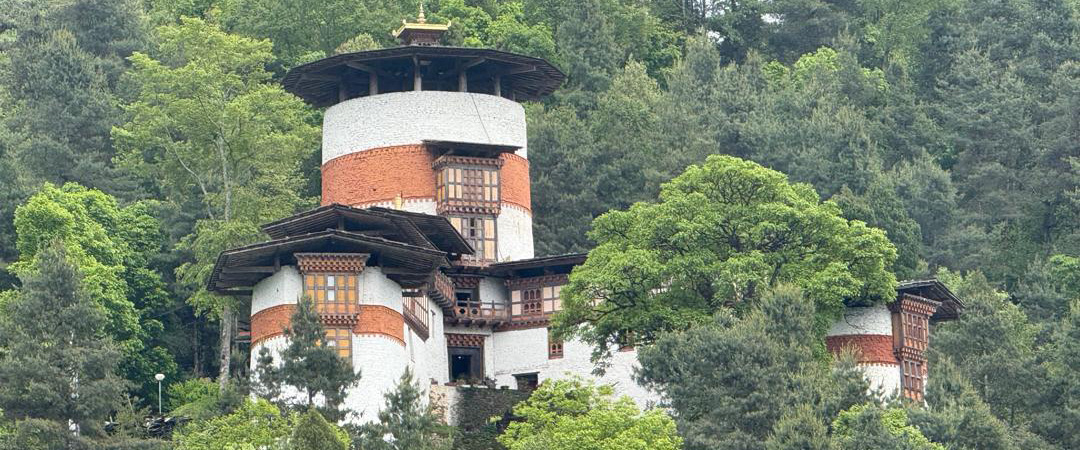Opening Hours
| Monday to Friday | ||
| 01 April to 31 October Summer |
: | 9:00 AM – 5:00 PM Last Admission: 4:00 PM |
| 01 November to 31 March Winter |
: | 9:00 AM – 4:00 PM Last Admission: 3:00 PM |
Open on Saturdays during peak season
- March – May
- October – December
Closed on Sundays and government/ local holidays
Admission Fees
| International visitors | : | Nu. 500.00 |
| Locals | : | Nu. 100.00 - Free admission for monks, nuns, students and seniors 65 years and above |
Captivating Treasure Trove of Bhutan’s Royal Lineage and Spiritual Legacy
Commanding a breathtaking view above the historic Trongsa Dzong, the Royal Heritage Museum embodies the spirit and grandeur of Bhutan’s enduring legacy. Originally built in 1652 in Trongsa, the birthplace of Wangchuck dynasty, the iconic Taa Dzong of Trongsa now stands as an iconic cultural landmark in Central Bhutan.
The Royal Heritage Museum in Trongsa officially opened in 2008, following an extensive restoration that spanned from 2005 to 2008. This restoration was made possible with the generous support of the Government of Austria.
The museum weaves together the stories of royal artifacts, sacred relics, and artistic treasures that span centuries of Bhutan’s rich cultural history. Through eleven thoughtfully curated galleries which includes two sacred temples, and a rare collection of royal artifacts, the museum pays homage to the Wangchuck kings and the spiritual masters like Zhabdrung Ngawang Namgyal, Guru Rinpoche, and Pema Lingpa, who together shaped Bhutan’s royal, cultural, and spiritual identity.
Galleries in the Royal Heritage Museum
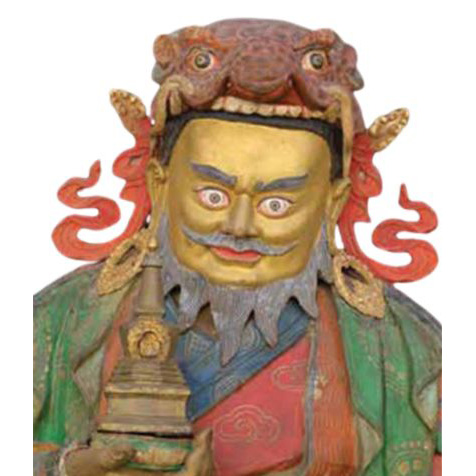
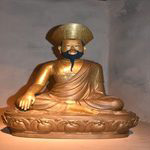
Second Gallery
Four Guardian Kings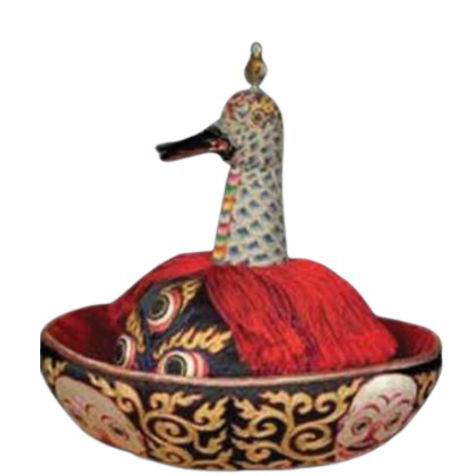
Third Gallery
Raven Crown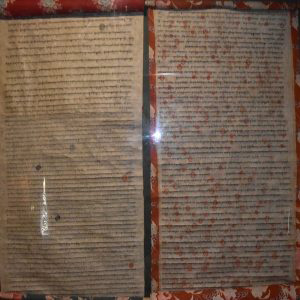
Forth Gallery
Wangchuck Dynasty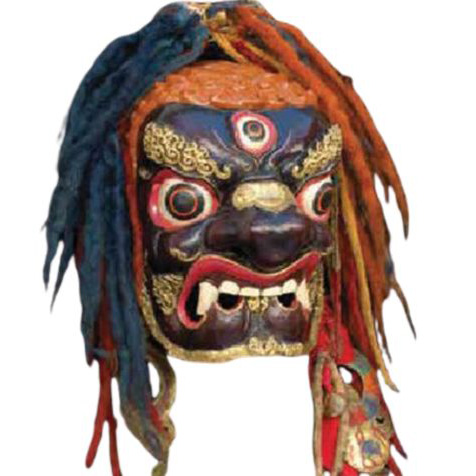
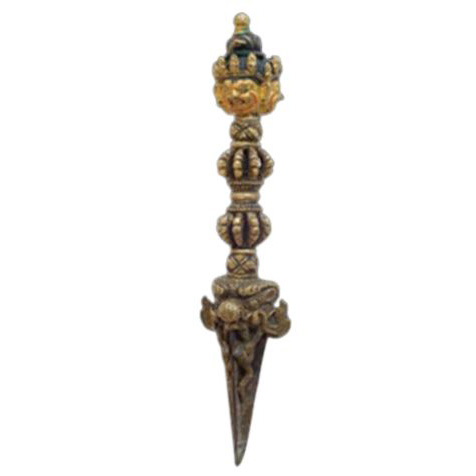
Sixth Gallery
Rituals and Buddhism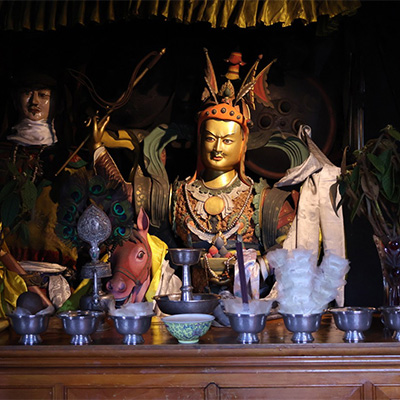
Seventh Gallery
Temple of Ling Gesar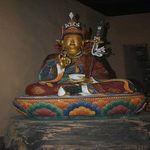
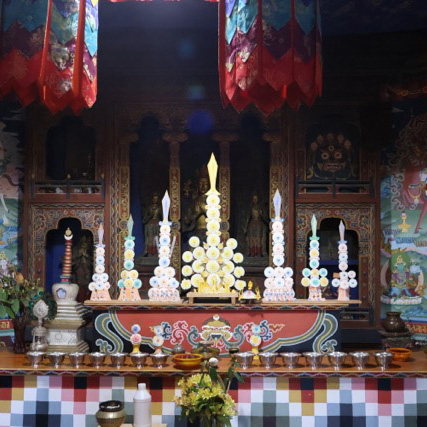

Tenth Gallery
Five Tathagata Buddhas
Eleventh Gallery
Ultimate EnlightenmentMuseum Team
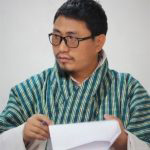
Sangay Tashi
Head/ Dy. Chief Curator
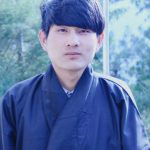
Leki Samphel
Museum Assistant
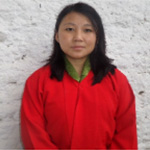
Dechen Choki
Conservator Assistant
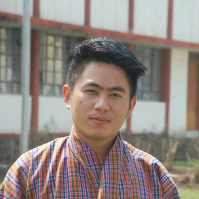
Kelzang Dawa
Assistant Curator
Contact Information
The Royal Heritage Museum
The Museums of Bhutan are managed by the Department of Culture and Dzongkha Development, Ministry of Home Affairs, which leads national efforts to preserve Bhutan’s rich cultural heritage and promote the living traditions that define the Kingdom’s identity.
